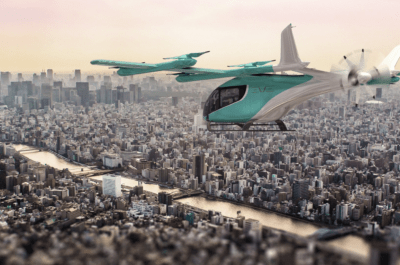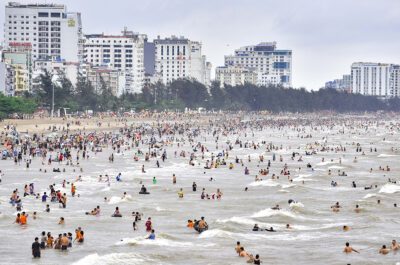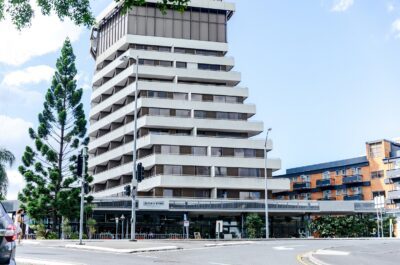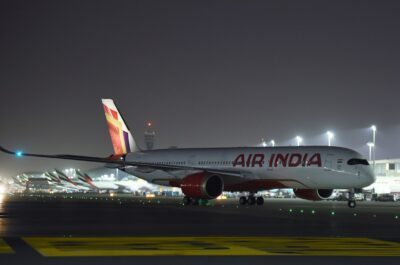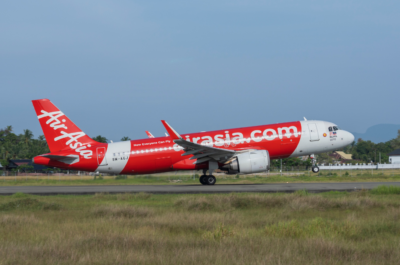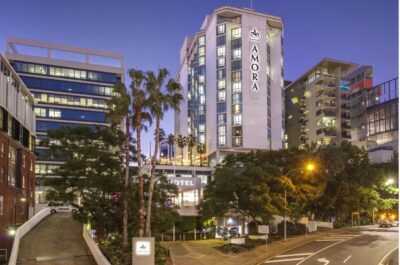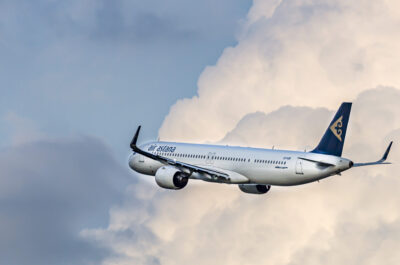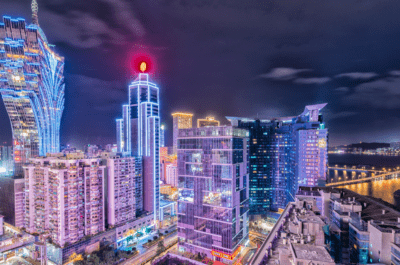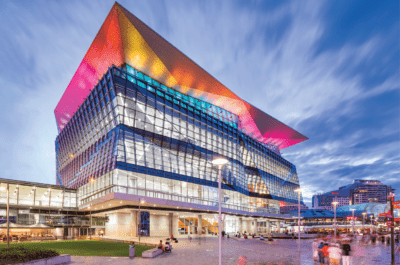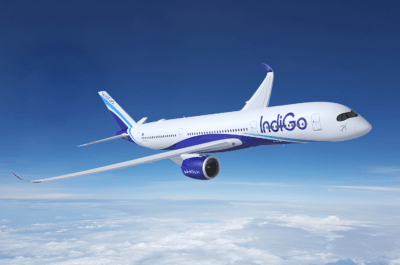…
 2008 has been shaping up to be an eventful year for travel. The Beijing Olympics, the UEFA Euro Championship, and fully paperless travel are set to have a profound impact on the travel industry this year. In the Asia Pacific region, exciting developments are taking place – Singapore has just been selected as the host for the first-ever Youth Olympic games, preparations for the 2010 Commonwealth Games in India are underway, and a number of massive integrated resorts have been springing up in the region.
2008 has been shaping up to be an eventful year for travel. The Beijing Olympics, the UEFA Euro Championship, and fully paperless travel are set to have a profound impact on the travel industry this year. In the Asia Pacific region, exciting developments are taking place – Singapore has just been selected as the host for the first-ever Youth Olympic games, preparations for the 2010 Commonwealth Games in India are underway, and a number of massive integrated resorts have been springing up in the region.
It looks like travel in this part of the world is set to reach even greater heights than before, and the industry is getting ready to harness these new opportunities. In order to do so, however, it is vital to take stock of what has already been achieved. Many boundaries have been broken, from traveller numbers to jumbo jet design, and here we take a look at the key trends in 2007 that are set to carry over into the coming years.
Rise of Asia
In 2007 Asia began to flex its muscle as one of the most important regions for travel growth in the world. As the region’s economy develops, led by rising economic powerhouses India and China, this will lead to increased demand for business and leisure travel.
Key to the exponential growth of travel in the region is the increasingly affluent middle class, which represents an enormous engine for growth – PhocusWright calculates that India’s middle class will number over 100 million by the end of 2010.
China’s share of the pie cannot be understated either. Events like the Beijing Olympics 2008 have seen the country take a prominent place on the global stage. The country’s booming economy has seen the emergence of large numbers of the newly wealthy, with the means and desire to travel. China was ranked by the WTO as the fourth largest tourist generating market in 2007 with more than 43,500 arrivals, which was an increase of 64% over the same period the previous year. As the economy opens its gates to the world, new opportunities are emerging for travel providers, buyers and sellers to access the millions of potential new travellers.
Overall, 2007 proved to be another good year for tourism in the Asia-Pacific region as, according to PATA, it was expected to exceed the “milestone” 350 million tourist arrivals it had enjoyed in 2006. With such phenomenal growth, it isn’t surprising that the Airbus A380 – the world’s largest passenger airliner and a landmark in flight quality and comfort – was launched here in Asia by Singapore Airlines, one of Amadeus’ longstanding airline partners.
Asia Pacific has grown to be a crucial growth market for travel industry players. Amadeus, with a presence in 39 countries and territories in the region, is no stranger to its increasing strategic importance.
Environment
Global warming has reached a crisis point, and, with media attention and the many natural disasters suffered in Asia-Pacific and worldwide, the world is finally paying attention. Already we can see environmental issues – be it carbon emissions, concerns over fuel supply, or the rising demand for eco-travel – having a very real impact on plans for sustainable travel.
However, it seems that the travel industry, particularly airlines, has been earmarked as a major culprit of carbon emissions. It is true that airlines do contribute to carbon emissions, but one has to remember that there are other companies outside of the travel industry that are equally, if not more, contaminating, but are seen as vital to society, and therefore attract less attention. Yet in our day and age, air travel is arguably no longer a “luxury” but a need, and thus should be addressed as such. As a technology partner to the travel industry, Amadeus is developing technologies that can help to alleviate environmental impact in a number of ways.
One quick win is to replace paper tickets with e-tickets for air and rail, which can save an estimated 50,000 trees every year. Amadeus is the world leader in the number of airlines and markets where e-tickets are available and is a preferred partner of IATA to achieve 100% e-tickets by May 2008.
A further example of how technology can help is Amadeus Altéa Fly, a sophisticated software that enables airlines to accurately calculate weight and balance in order to optimise fuel usage and reduce excess emissions. Amadeus is also currently investigating connectivity to an emissions calculation and information tool to help corporations evaluate the amount of carbon emissions created by employees’ business trips.
LCCs
Asia Pacific has become a focal point of Low Cost Carrier (LCC) activity as they increase in numbers and in routes, particularly in South East Asia. This opens up new possibilities of travel to people who previously could not afford to do so, thus considerably widening the region’s existing traveller base.
LCCs have also begun making their presence felt in the long-haul flight sector, with AirAsia X (AirAsia’s long-haul subsidiary) having launched its first long-haul international destination, Gold Coast, Australia, in November 2007. With LCCs entering the long-haul market segment, customers have access to more choice than ever before via sophisticated technologies, and this corresponds to the growth that we are seeing in online bookings and e-ticketing.
Web 2.0
The rise of Web 2.0 – the second evolution of the Internet – is also set to profoundly change travel consumption patterns. It stands for the concept of a second generation of web-based communities and hosted services such as social-networking sites, wikis and blogs, which aim to facilitate interactivity, collaboration, and sharing among users. This means that consumers are increasingly the producers of technology, networking and sharing information and products.
With the advent of Web 2.0, the ability of travellers to share their experiences and review travel providers has revolutionalised the travel industry. Ordinary Internet users are able to not only provide insight but also to programme and install software that will generate greater information sharing and user participation in the consumer process. Social networks too, are burgeoning virtual communities that comprise real interactions and transactions.
The demand is higher than ever for next generation interfaces on which users can interact and network while fulfilling their needs. This is a gap that travel technology providers are just beginning to fill – as an award-winning source of website technologies for airlines and online agencies, Amadeus is heavily involved in developing ever more integrated platforms that harness and innovate new uses for Web 2.0.
Taking care of the future
As you can see, 2007 was a big year in travel in the Asia Pacific region, and it seems 2008 will continue the tradition of change. We have seen that innovation never ends, and the years to come will see more firsts and evolutions in the travel industry.
Research is important to stimulate discussion within the industry about the types of approaches that travel providers need to take, in the short and long term, to deliver on the needs of future travellers and secure profitability. At Amadeus we believe technology is the answer, and as such we consistently invest 300 million euros each year on research and development of cutting edge solutions.
We are undeniably in a period of accelerating change, where negative developments and adverse challenges are well matched by the industry’s vast potential for positive growth. The ultimate goal is to develop a paradigm for sustainable growth in the travel industry that benefits both travel consumer and provider, with minimal environmental impact. Amadeus is looking forward to achieving that aim, by collaborating ever more closely with our travel partners.



